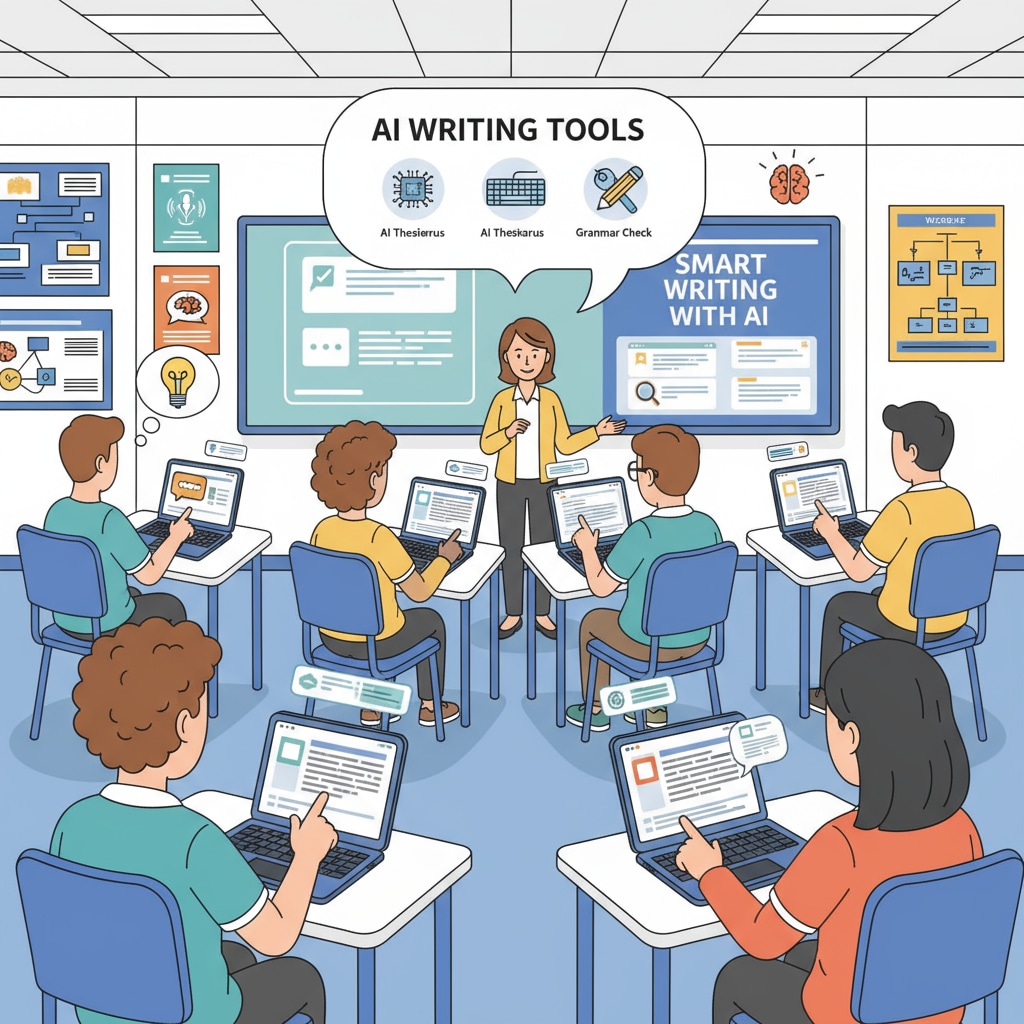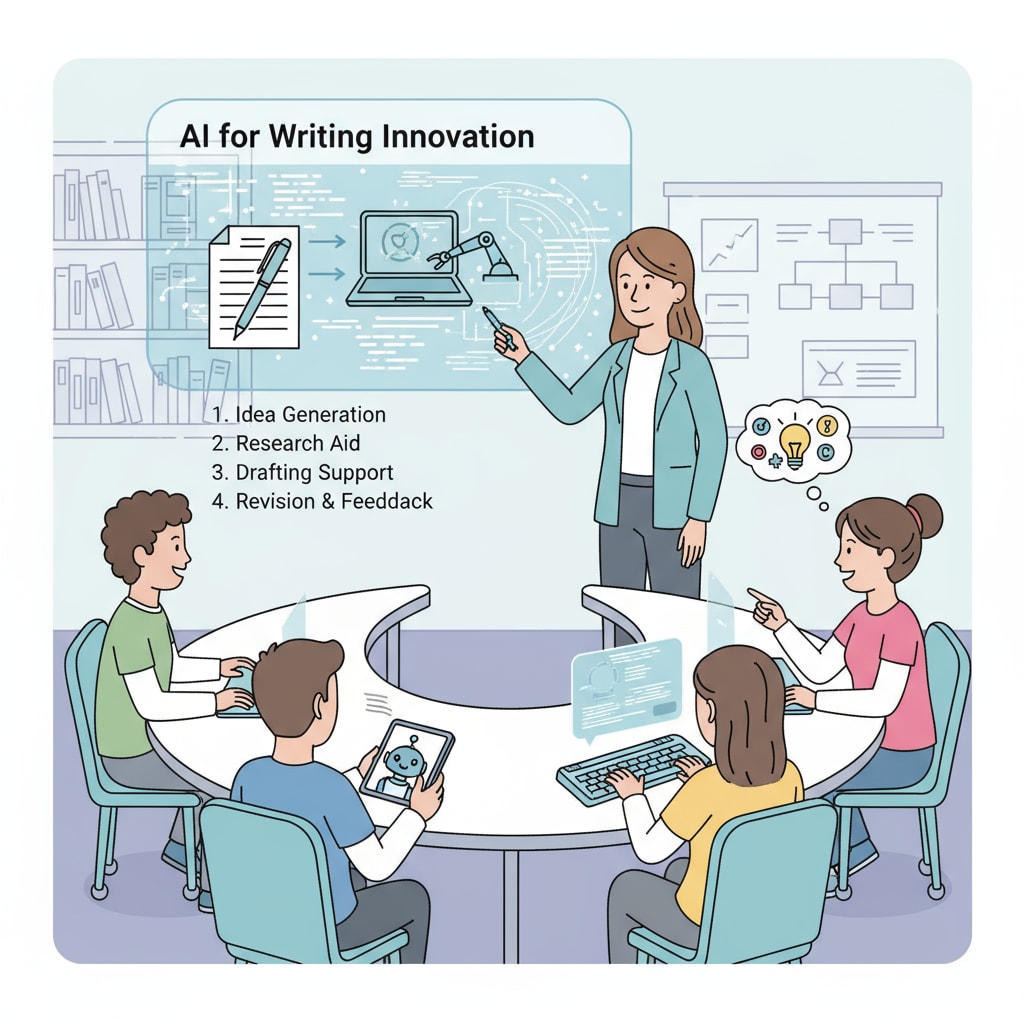In the era of rapid development of artificial intelligence, the concepts of “AI writing, teaching transformation, and authorial style” have become crucial topics in the field of writing education. The advent of AI has brought both unprecedented challenges and opportunities to traditional writing teaching. As educators, it is essential to explore new paths for K12 writing education transformation.

The Impact of AI on Traditional Writing Teaching
AI has had a profound impact on traditional writing teaching. For example, with the help of AI writing assistants, students can get instant grammar checks, vocabulary suggestions, and even complete essay outlines. This convenience has changed the way students approach writing tasks. However, it also poses challenges. Some students may become overly reliant on AI, losing the ability to think independently and express their true thoughts. According to Artificial intelligence in education on Wikipedia, the integration of AI in education needs to be carefully considered to avoid negative impacts.
The Shift in Teaching Concepts from “Detection and Punishment” to “Method Innovation”
Traditionally, writing teaching often focused on detecting errors and punishing students for mistakes. In the AI era, this concept needs to change. Instead of solely focusing on errors, educators should encourage students to use AI as a tool for innovation. For instance, teachers can guide students to use AI to explore different writing styles and expand their creative thinking. By doing so, students can develop their own unique authorial styles while improving their writing skills. Educational psychology on Britannica also emphasizes the importance of changing teaching concepts to adapt to new educational environments.

To effectively use AI in writing teaching, educators need to design innovative teaching methods. For example, they can organize group projects where students use AI to collaborate on writing tasks. This not only enhances students’ writing abilities but also promotes teamwork and communication skills. Additionally, teachers can set up writing challenges that require students to use AI to solve specific writing problems, stimulating students’ creativity.
In conclusion, in the AI era, the transformation of writing teaching methods is inevitable. By shifting teaching concepts and innovating teaching methods, educators can help students maintain their unique authorial styles while leveraging the advantages of AI to improve writing teaching quality. This is a journey that requires continuous exploration and reflection in the field of K12 writing education.
Readability guidance: The article uses short paragraphs and lists to summarize key points. Each H2 section provides relevant details. The proportion of passive voice and long sentences is controlled, and transition words are used throughout the text to enhance readability.


